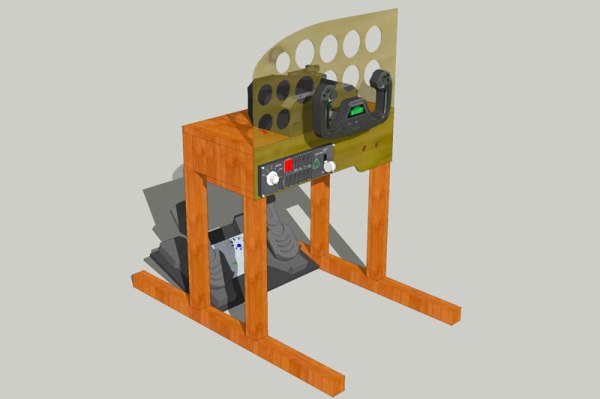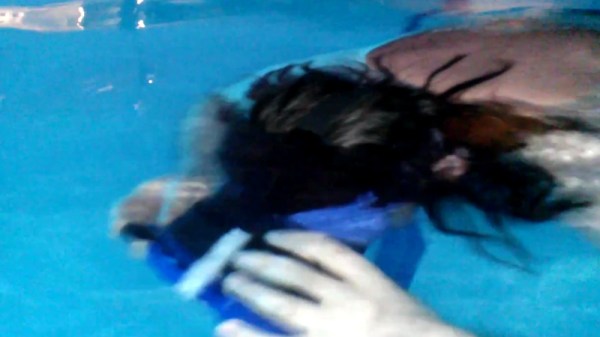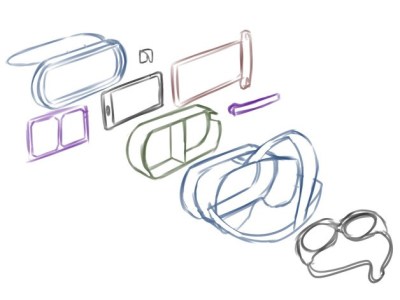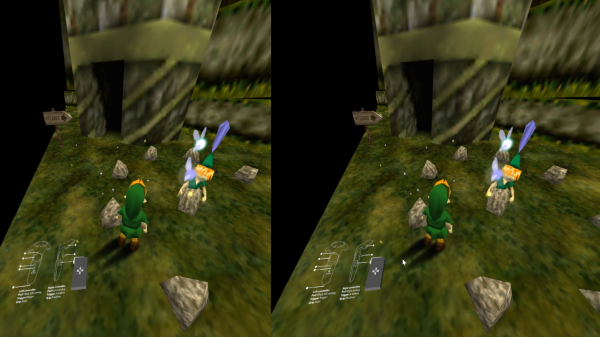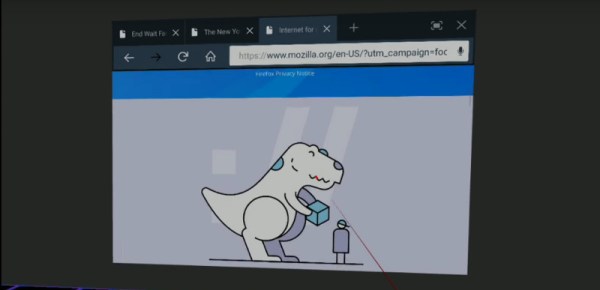Virtual Reality (VR) and actual reality often don’t mix: watch someone play a VR game without seeing what they see and you see a lot of pointless-looking flailing around. [Nerdaxic] may have found a balance that works in this flight sim setup that mixes VR and AR, though. He did this by combining the virtual cockpit controls of his fight simulator with real buttons, knobs, and dials. He uses an HTC Vive headset and a beefy PC to create the virtual side, which is mirrored with a real-world version. So, the virtual yoke is matched with a real one. The same is true of all of the controls, thanks to a home-made control panel that features all of the physical controls of a Cessna 172 Skyhawk.
[Nerdaxic] has released the plans for the project, including his 3D printable knobs for throttle and fuel/air mixture and the design for the wooden panel and assembly that holds all of the controls in the same place as they are in the real thing. He even put a fan in the system to produce a gentle breeze to enhance the feel of sticking your head out of the window — just don’t try that on a real aircraft.
Continue reading “Home Built Flight Sim Combines Virtual And Actual Reality”

